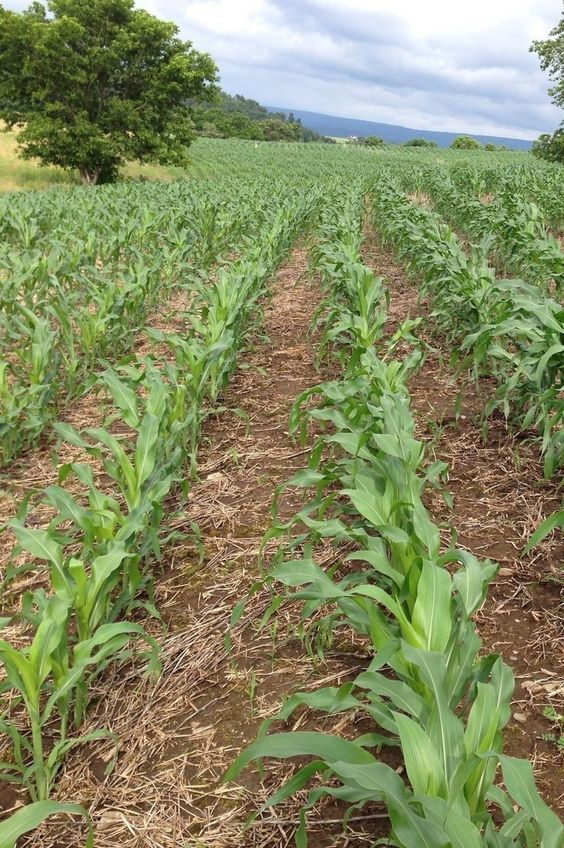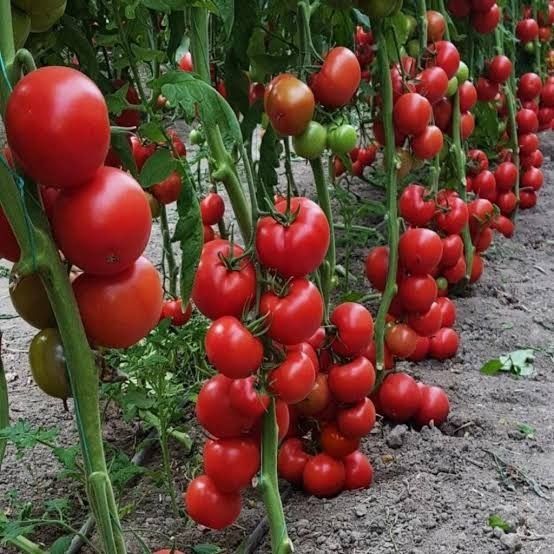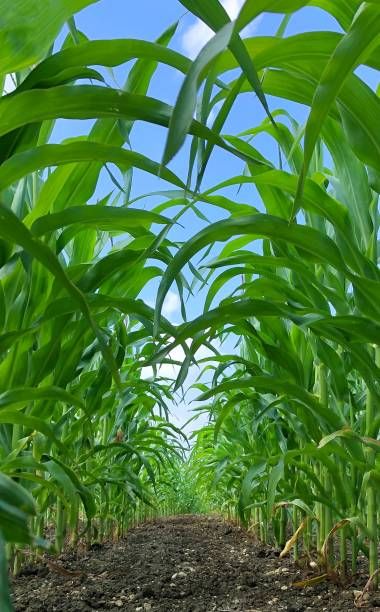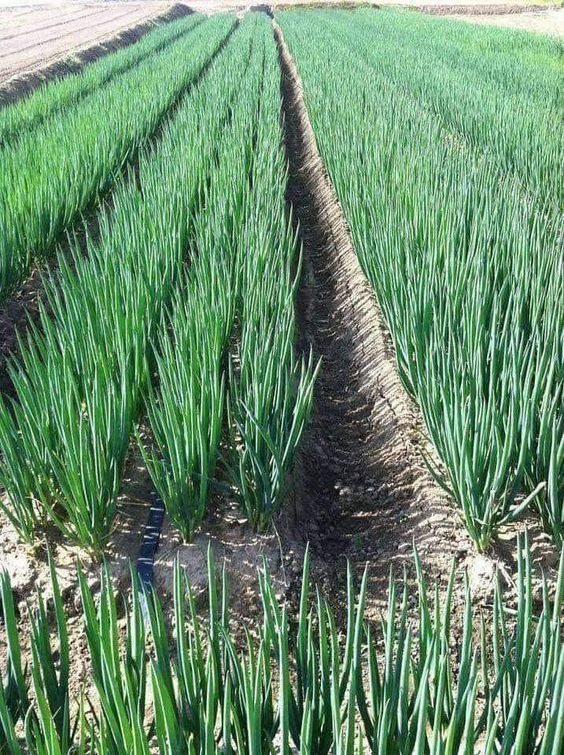Unleashing Growth Potential: How Smart Agriculture Boosts Plant Productivity
Plant Productivity sector faces a constant challenge: meeting the ever-growing demand for food with finite resources. In this scenario, maximizing plant productivity becomes paramount. Thankfully, innovation is leading the way with the rise of Smart Agriculture. This data-driven approach leverages technology to optimize farming practices, leading to significant increases in yield and resource efficiency.
The Need for Increased Plant Productivity
Global population growth puts immense pressure on agricultural production. The Food and Agriculture Organization (FAO) estimates a need for a 70% increase in food production by 2050 to feed the projected population of 9.7 billion [1]. This translates to the need for more efficient and productive agricultural practices. Traditional methods often struggle to meet these demands due to factors like:
- Limited understanding of plant needs: Traditional methods rely on experience and intuition, which can be imprecise for optimizing plant health and growth.
- Resource mismanagement: Water, fertilizer, and pesticides are often applied in excess or deficiency, leading to waste and environmental damage.
- Climate uncertainty: Changing weather patterns and extreme weather events can disrupt crop growth and yields.
Smart Agriculture: Unleashing the Power of Data
Smart Agriculture addresses these challenges head-on by integrating technology into farm management. This approach uses a combination of tools and techniques, including:
- Sensor Networks: Sensors deployed throughout the field continuously monitor environmental conditions (temperature, humidity, soil moisture) and plant health indicators.
- Data Analytics: Collected data is analyzed using software to identify patterns and trends, providing valuable insights into crop needs.
- Precision Agriculture Technologies: Based on data analysis, automated systems can be implemented for targeted irrigation, fertilization, and pest control.
- Internet of Things (IoT): Smart devices and sensors are connected through the internet, allowing for real-time monitoring and remote control of agricultural operations.
How Smart Agriculture Improves Plant Productivity
By implementing these technologies, Smart Agriculture fosters increased plant productivity in several ways:
- Precision Resource Management: Data-driven insights allow for precise application of water, fertilizer, and pesticides. This reduces waste, optimizes resource utilization, and minimizes environmental impact.
- Optimal Growing Conditions: Sensors continuously monitor environmental factors, enabling adjustments to irrigation, ventilation, and temperature control systems. This creates ideal growing conditions for maximizing plant growth and development.
- Early Disease Detection: Sensors can detect signs of disease or pest infestation at an early stage. This allows for prompt intervention, preventing outbreaks that can significantly reduce yields.
- Stress Reduction: Smart irrigation systems ensure optimal soil moisture levels, reducing stress on plants. This promotes healthy growth and disease resistance.
- Remote Monitoring and Management: Farmers can monitor crop health and adjust irrigation, fertilization, and other practices remotely using mobile apps. This saves time and allows for prompt action based on real-time data.
Case Studies: Real-World Examples of Increased Productivity
Smart Agriculture is not just a theoretical concept. Here are a few real-world examples demonstrating its effectiveness:
- Precision irrigation in California: Farmers in California use sensor-based irrigation systems to determine water needs precisely. This has led to a 30% reduction in water usage while maintaining or even increasing crop yields [2].
- Automated greenhouses in the Netherlands: Dutch greenhouses use advanced climate control systems and automated fertigation (fertilizer application) to optimize growing conditions. This has resulted in a significant increase in yields and resource efficiency.
- Disease prediction in India: Indian farmers are using AI-powered software to analyze weather data and predict the risk of fungal diseases. This allows for preventive measures and reduces crop losses.
The Benefits Extend Beyond Increased Yield Plant Productivity
The benefits of Smart Agriculture go beyond simply increasing crop yields. Here are some additional advantages:
- Improved resource efficiency: Smart Agriculture helps conserve water, fertilizer, and energy, leading to a more sustainable agricultural sector.
- Reduced environmental impact: By optimizing resource use and minimizing chemical application, Smart Agriculture helps protect soil health and reduce pollution.
- Improved farm profitability: Increased yields and efficient resource utilization translate to higher profits for farmers.
- Enhanced data-driven decision making: Farm managers can make informed decisions based on real-time data, leading to improved overall farm operations.
Overcoming Challenges and Embracing the Future Plant Productivity
While Smart Agriculture offers tremendous potential, some challenges need to be addressed:
- Cost of technology: Implementing sensor networks and advanced technology can involve initial investments.
- Digital literacy: Farmers may need training and support to utilize the technology effectively.
- Data security Plant Productivity: Secure data storage and management are crucial to protect farmers’ sensitive information.
However, as technology costs become more affordable and digital literacy initiatives expand, Smart Agriculture is becoming increasingly accessible. Governments, research institutions, and agricultural companies need to collaborate to create programs that address these challenges and empower farmers to embrace this technology.




